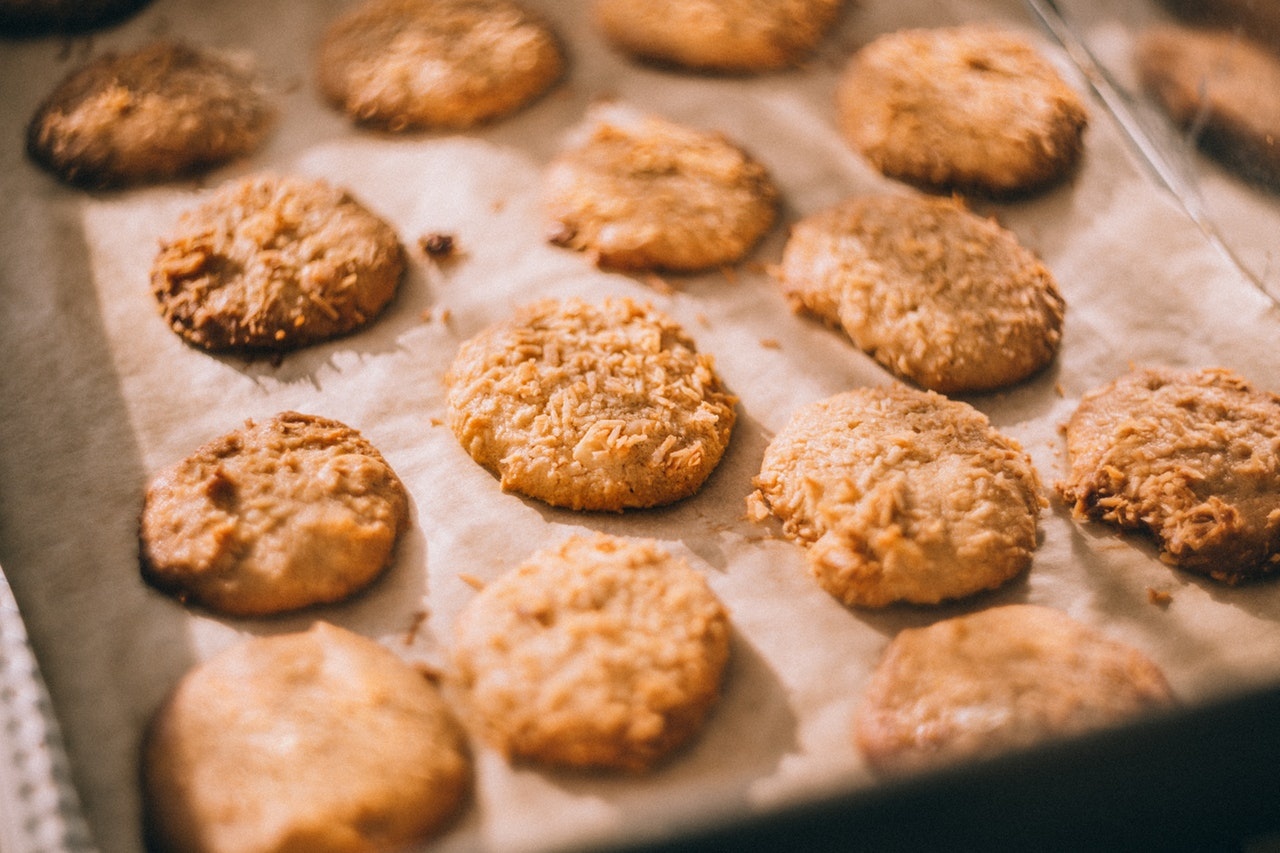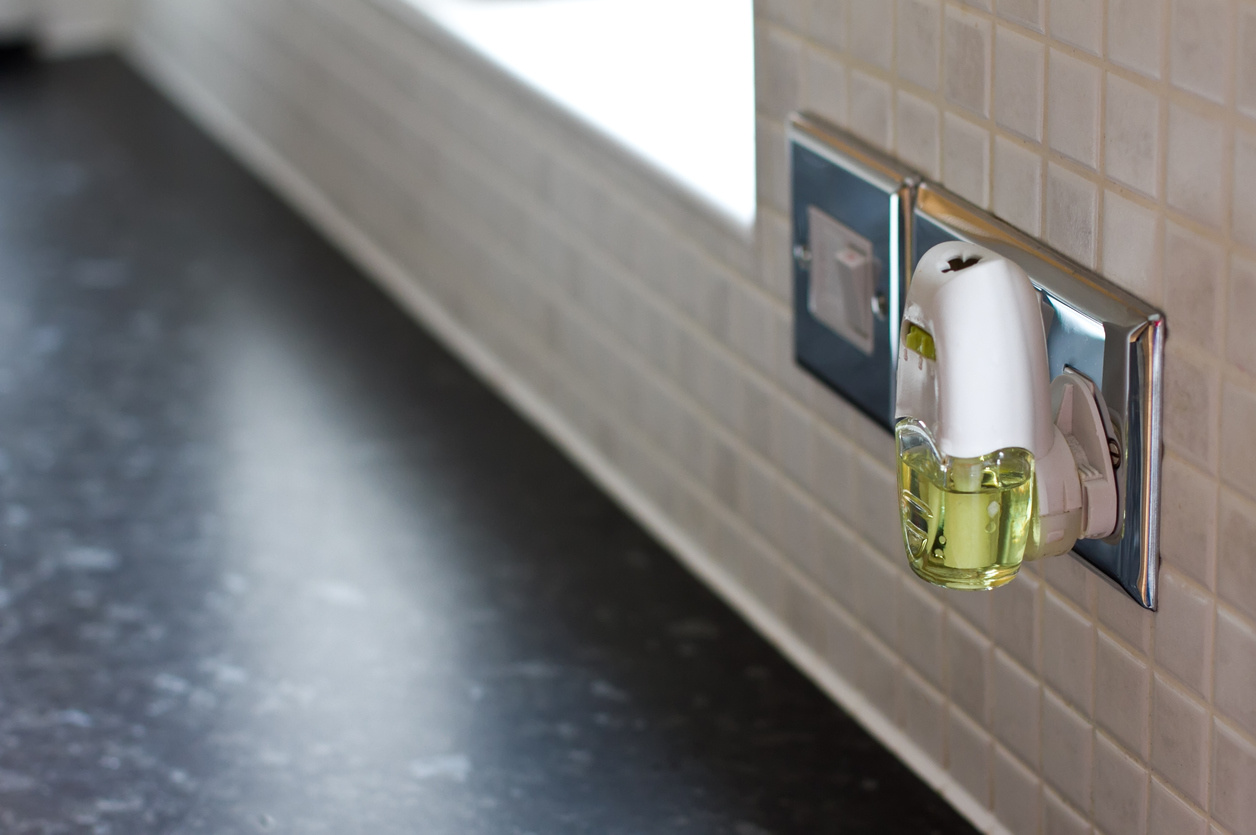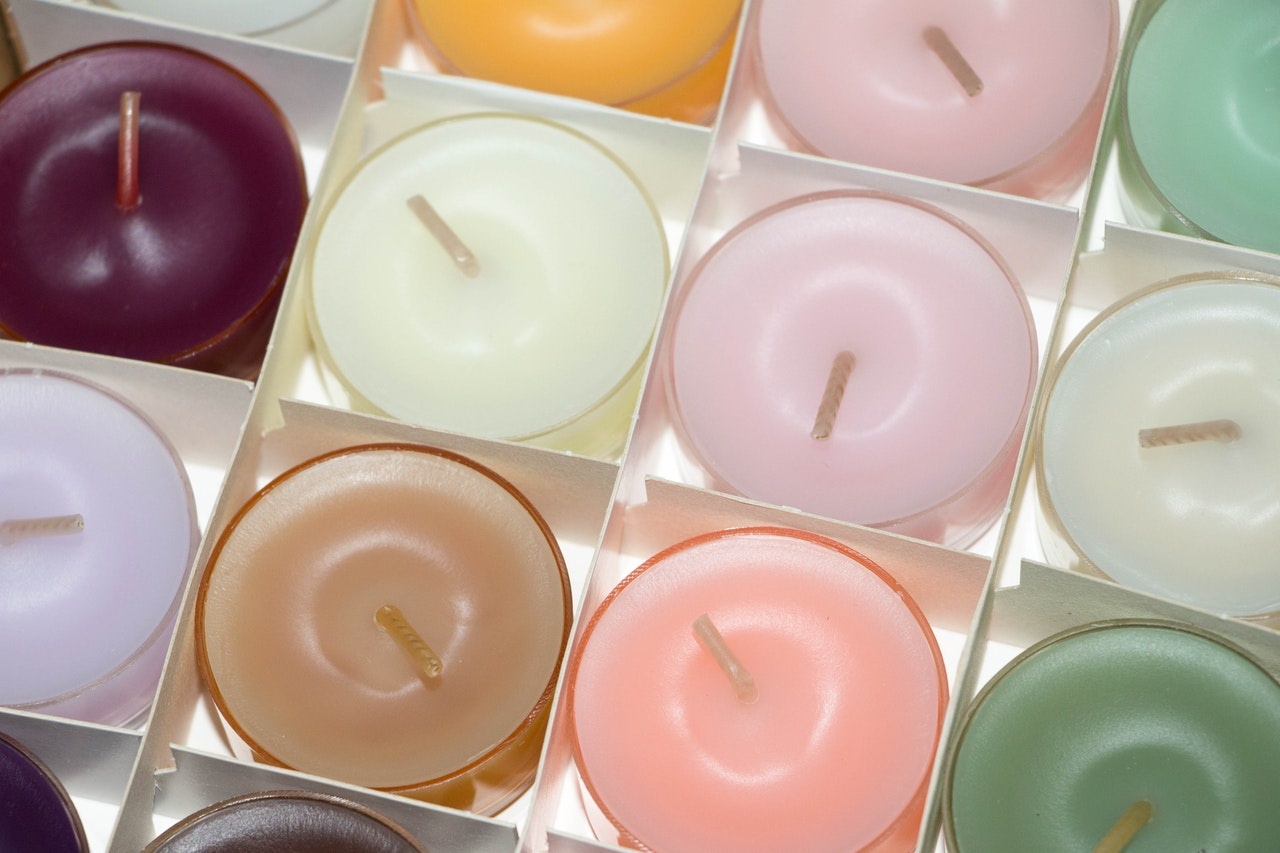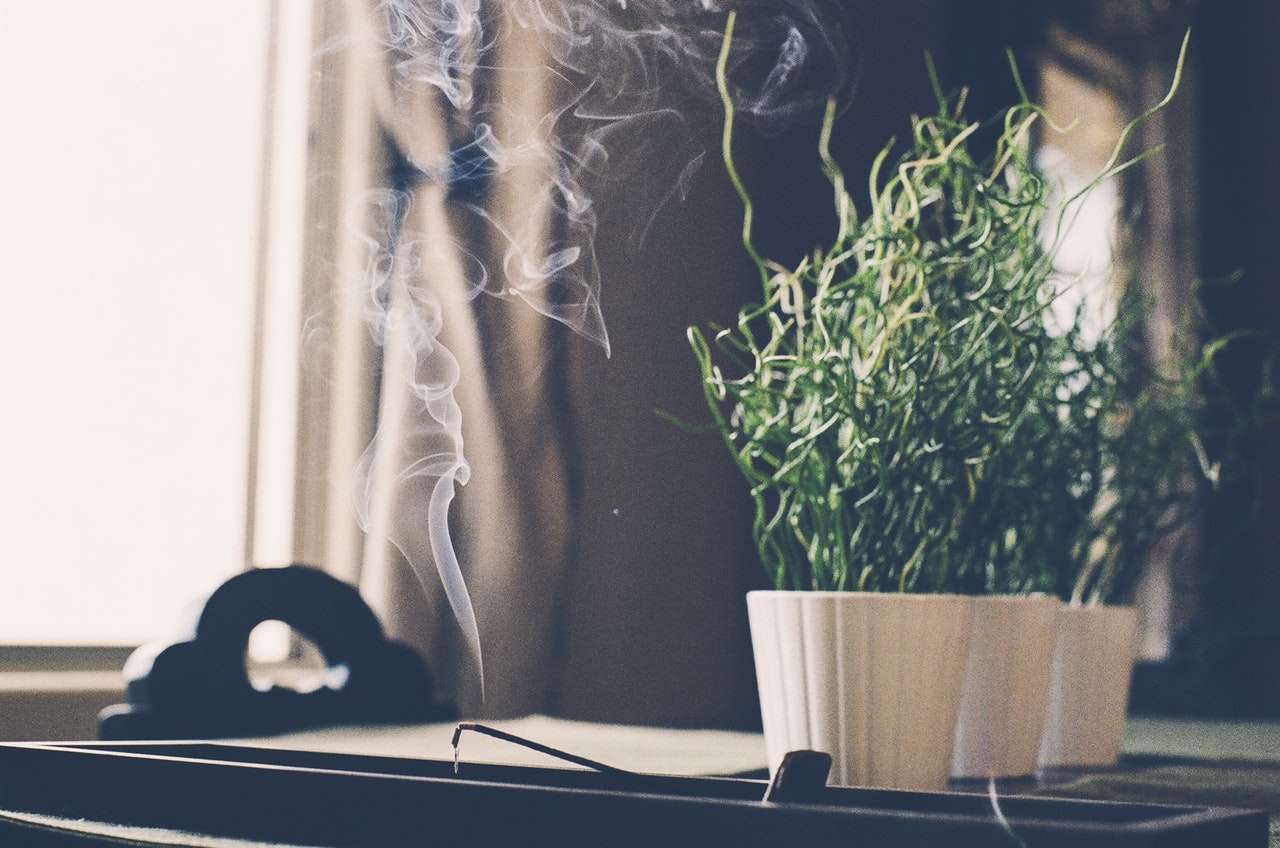Ways to Make Your Home Smell Great
and of course, they are non-toxic
When it comes to air fresheners are you a freshly cut grass person or a cake batter person? Either way, room air fresheners might be bringing more than just a pretty smell into your home. Many common air fresheners have been found to contain ingredients known to mess with your body’s hormone levels and potentially make asthma symptoms worse.
Often, these air fresheners contain general “fragrances” to help make the room smell better. While they do achieve that goal, the term “fragrance” can represent up to 300 different chemicals. (1) We can’t be sure exactly which chemicals are in a product when they list “fragrance” as an ingredient, but many different research studies have linked the chemicals to things like various cancers, asthma, and skin irritations. (2)
To help you replace the standard options, we have some tips for healthier ways to make your home smell fresh.

Alternatives to Typical Air Fresheners
Some of these alternatives depend on why you wanted to use the air freshener in the first place. If you wanted to use it to get rid of a bad smell, the best option is to just open some windows and get the stale air out and fresh air in. Another good option is to create a spray with baking soda and water. Or just hide a bowl of baking soda in a the room in a discrete spot. The baking soda actually absorbs the odors and removes them from the air. Just like keeping a box of baking soda in your fridge to absorb odors, spraying some around the house will help absorb the smells you want to disappear.
If you are looking to add a pleasant smell, some easy, chemical-free options include:
- Create your own essential oils diffuser. It’s as easy as mixing some essential oils with a light, neutral oil, putting them in a small glass jar, and adding some bamboo skewers. There are plenty of tutorials online, but we like these ones from Treehugger and Apartment Therapy.
- Place flowers or herb bundles around your home, dried flowers/herbs work for this, too. Think potpourri.
- Create your own room spray with some water, a small amount of alcohol like vodka (to help it evaporate more quickly), and essential oils. Check out this tutorial.
- Boil some cinnamon and cloves in your kitchen. The warm smell will drift throughout the house.
- If your sink has a garbage disposal, throw half a lemon down the drain and turn the disposal on. This works with any citrus really, and it can be from a used lemon or grapefruit, it doesn’t have to be a new one.
- If you’re hungry, the old standby of baking some cookies always works too. Who doesn’t want their house to smell like cookies, with the benefit of actually getting to eat some?
Why your old standbys aren’t your friend

Sprays, plug-ins, and waxes
In a study of 14 air fresheners of all different kinds like sprays, plugins, waxes, etc., the NRDC found that 12 contained at least small amounts phthalates – some brands had very large amounts. (2)
Phthalates, which are a chemical used in plastics, are often added to air fresheners to help the scent linger longer. They have been linked to many negative health effects including reproductive harm, neurological disorders, and cancer just to name a few. While phthalates seem like an odd ingredient to be found in air fresheners, they aren’t the only one. Other things to watch out for are VOCs (volatile organic compounds) and formaldehyde.

Candles
Candles are different from the standard air fresheners, in both good ways and bad. While they aren’t sprayed into the air with the goal of coating your nasal passages like typical air fresheners (basically just coating the inside of your nose so you only smell the pretty scent), they do create particulate matter that other types of air fresheners don’t. That’s because they are burned and create smoke. (3)
While they only create a small amount of smoke at a time (which is still dangerous), the biggest worry related to candles is really their scents. Creating a pleasant aroma is the reason why chemicals besides just wax are included in a candle in the first place. So, if you are one of the few people lighting a candle just to look at it for the ambiance it creates, opt for vegetable based, unscented candle or scented with just essential oils. These are safer in terms of containing fewer chemicals.

Incense
Incense has similar problems as candles because they are also burned. Burning creates smoke, which means there is particulate matter (particulate matter is a sciency way of saying really small pieces of dust) being spread throughout your home. A few studies have found that if you burn incense regularly, it can have similar effects to smoking cigarettes because of the amount of smoke created. (4) (5) Many studies specifically looking at long-term incense use have found that these particulates and the fragrances can cause changes to DNA or cause cancer, often of the lungs and respiratory tract.
1) http://www.sciencedirect.com/science/article/pii/S0360132316304334
2) https://www.nrdc.org/sites/default/files/fairfresheners.pdf
3) https://www.huffingtonpost.com/2015/06/16/scented-candles-toxic-safer-options_n_7536410.html
5) http://onlinelibrary.wiley.com/doi/10.1002/cncr.23788/full
6) https://www.scientificamerican.com/article/nontoxic-air-fresheners/
